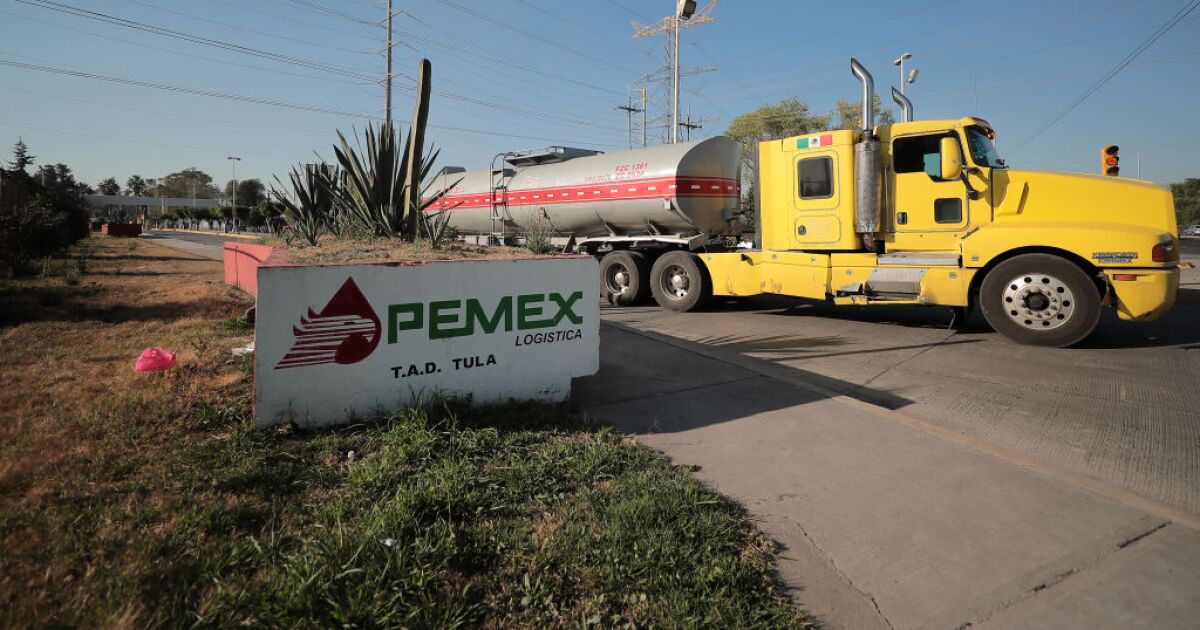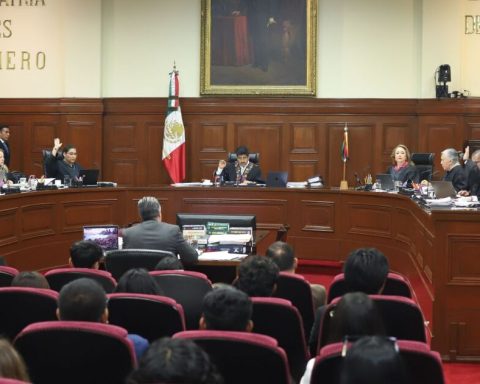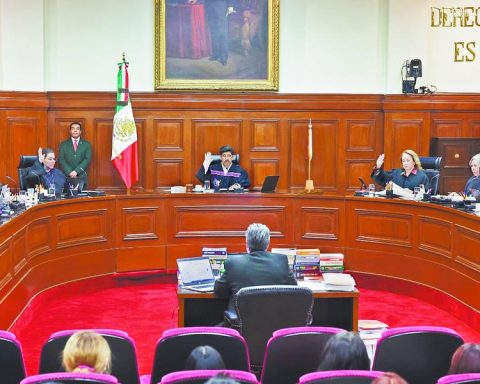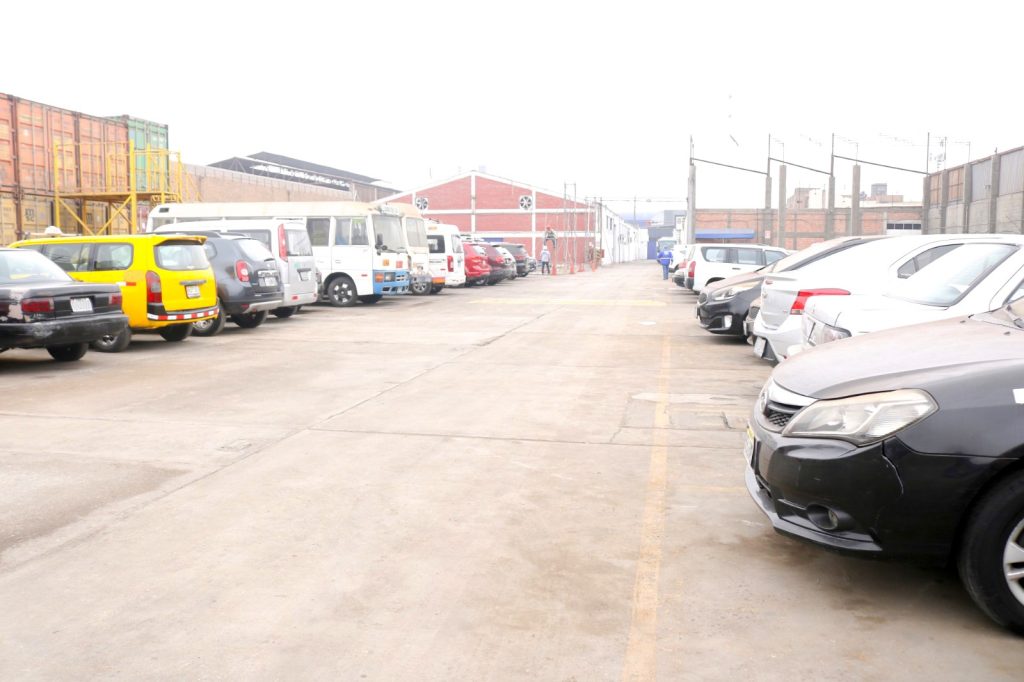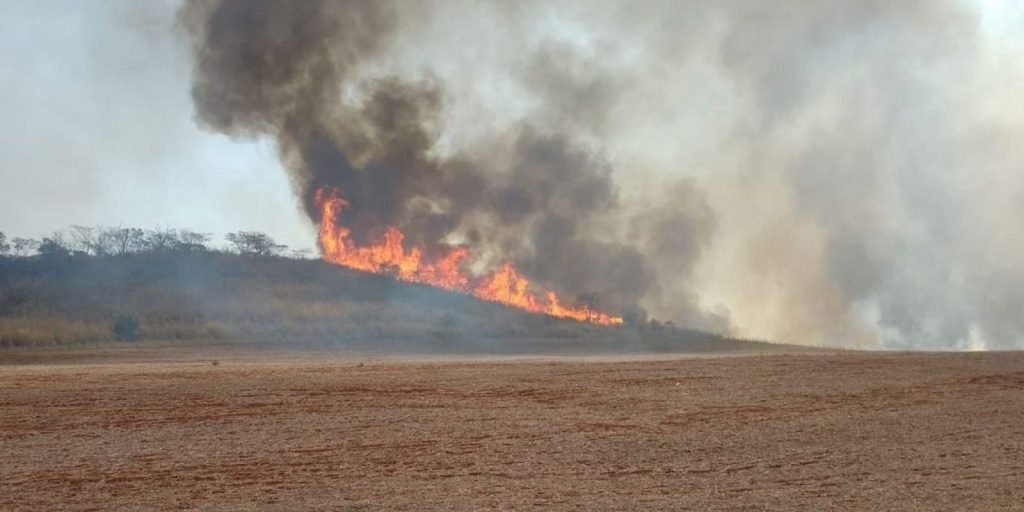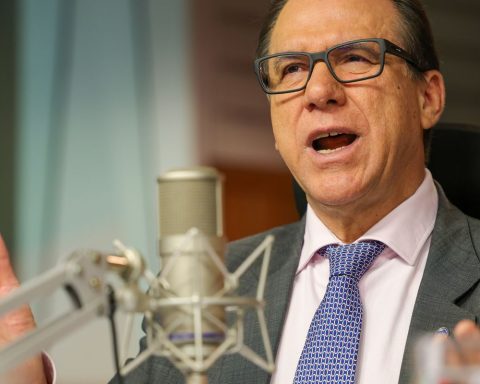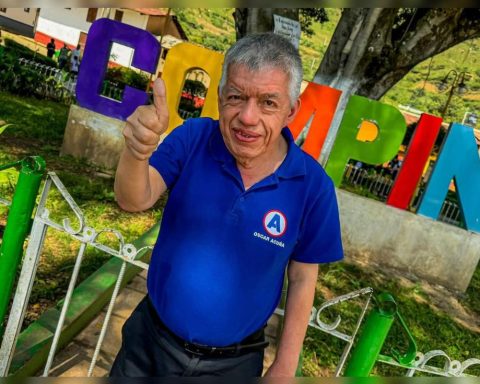The indebted company will now pay the “Oil Law for Wellbeing” instead of the three that it paid to date -Right of Exploitation, Right of Hydrocarbon Extraction and Right of Shared Utility (DUC), explained the Undersecretary of the Treasury, Edgar Zamora, during the daily press conference of President Claudia Sheinbaum.
“The president’s instruction was to simplify to make taxation simpler and capture the productive and operational efficiencies that Pemex may have and condense it into a single right,” the official explained.
By 2025, the new oil right will have a general rate of 30% and for non-associated gas 11.63%, taking into account what is expected to be the hydrocarbon production and prices expected for next year. Zamora assured that its effect will be neutral for the country’s public finances.
During the six-year term of President Andrés Manuel López Obrador, the DUC rate was gradually reduced from 65% to 30% as part of a strategy to support the company, which received tens of thousands of dollars in support through various means, including injections. of capital.
On the other hand, Zamora added that Pemex’s financial debt commitments, of about 97.3 billion dollars, will be met without resorting to the capital markets in the short term.
In the same press conference, the general director of the state company, Víctor Rodríguez, stated that there will be a cut in redundant expenses and compaction of costs of 50,000 million pesos (2,435 million dollars) with the reduction of the more than 40 subsidiaries. current and operational efficiency. Pemex reported huge losses in the third quarter.
“We are going to reintegrate Pemex into a single Pemex, it currently has subsidiaries, we are going to bring them together (…) we are going to have a company that is lighter, more robust, more resilient,” he said, highlighting that the tax reform will allow the state company obtain resources for investment, pay financial debts and debts with suppliers and meet operational needs.
On the other hand, the official explained that Pemex hopes to increase its 3P reserves from the current 18.9 to 20.3 billion barrels of crude oil equivalent (bpce) by 2030 with new exploration techniques in shallow waters and onshore fields and to restore and increase the reserves for 10 years of consumption.
